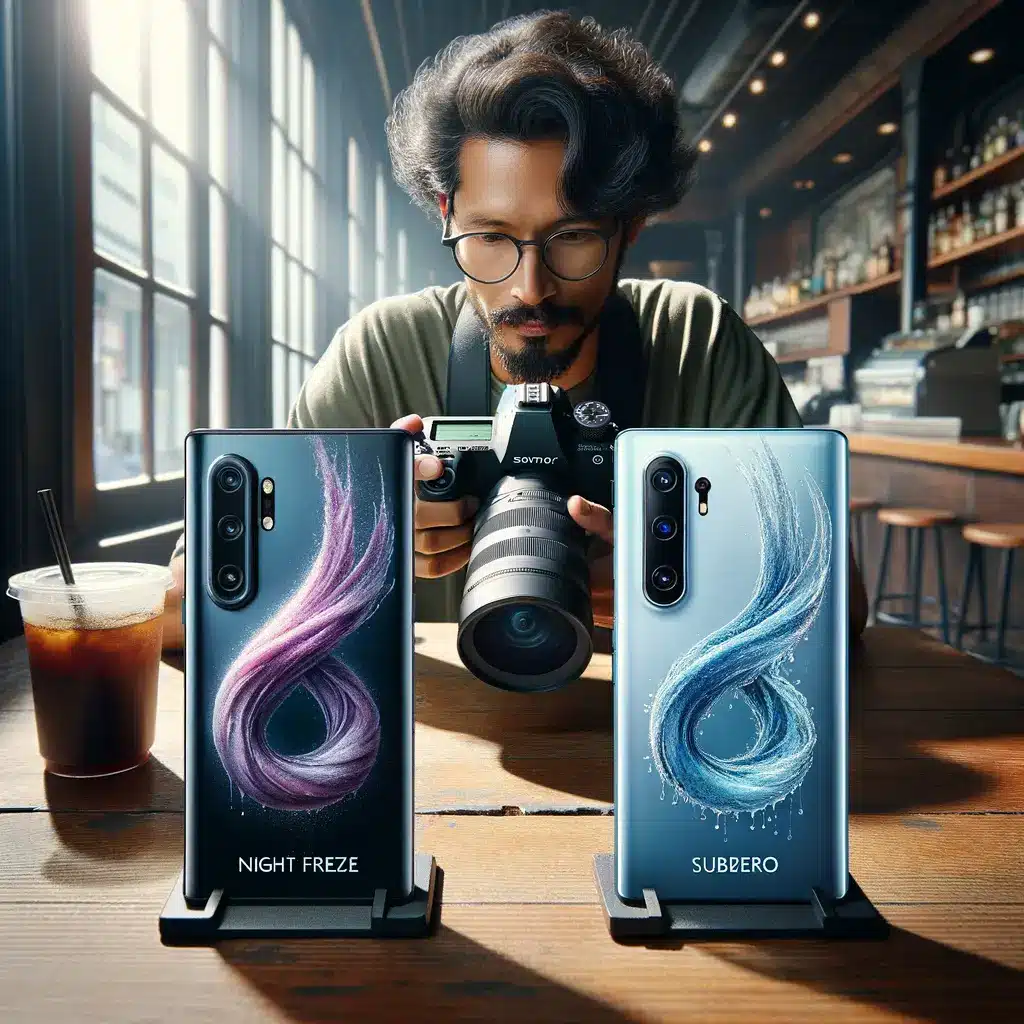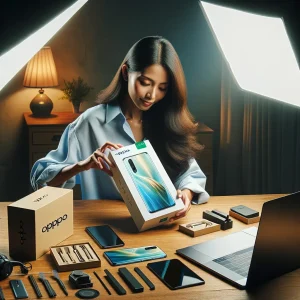Why the World Needed a Liquid Cooled Smartphone
Mobile gaming has exploded, but thermal throttling still caps performance on even the best flagships. That’s why the arrival of the Red Magic Subzero—billed as the first mass-produced liquid cooled smartphone—signals a genuine shift. Instead of depending solely on a vapor chamber, the handset circulates real coolant through a visible chamber, letting heat dissipate dramatically faster. The result is sustained frame rates, cooler hands, and quieter operation during marathon sessions of Call of Duty Mobile or PUBG. For gamers who already travel with USB-C gamepads and wireless earbuds, ditching thermal dips may be the last missing link. Early lab data shows CPU gains near 20 percent and GPU gains up to 30 percent versus an identical Snapdragon 8 Gen 5 phone without the new loop. Equally important, the futuristic tubing is IP-rated and fully sealed, so your liquid cooled smartphone stays safe in a rainstorm—or even underwater, as Nubia’s demo video proves. If you follow esports, you know milliseconds win matches; that’s why pro-level components are finally reaching phones. Later in this article we’ll examine design choices, cooling mechanics, and how 80W wireless charging fits in. But first, let’s explore how two editions—Night Freeze and the hero Red Magic Subzero—set the tone for a whole new class of mobile rigs.
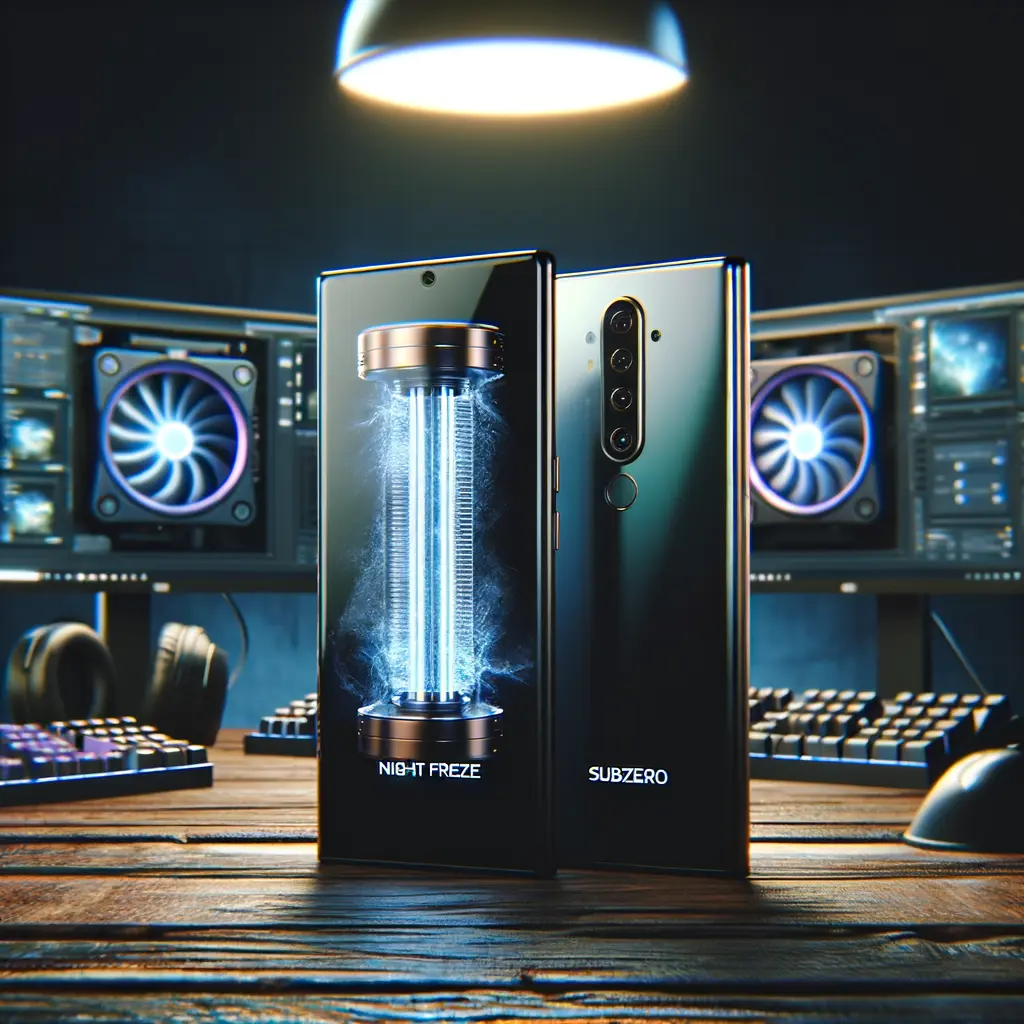
Night Freeze vs. Red Magic Subzero: Design, RAM and Storage
Red Magic split its latest lineup into two visually striking variants. Night Freeze wears a stealthy smoked-gray back panel, ships with 16 GB of LPDDR5X RAM and 512 GB of UFS 4.0 storage—ample for most libraries. The flagship Red Magic Subzero takes the concept to extremes, flaunting a semi-transparent snowy chassis that exposes the cooling loop and RGB exhaust fan. Underneath, it packs a monstrous 24 GB of RAM plus a 1 TB SSD-speed storage module, giving streamers enough headroom to record, edit and upload 4K clips without off-loading to cloud drives. Both adopt a flat glass rear, zero-wobble camera island and a boxy metal frame reminiscent of classic handheld consoles. Physical ergonomics matter: subtly rounded corners and capacitive shoulder triggers blend controller-grade input with everyday pocketability. There’s still a 3.5 mm jack for wired headsets, acknowledging that serious players depend on latency-free audio. Even the bundled case features textured grips and cut-outs that display the liquid cooling chamber, so owners don’t hide the star attraction. For style purists, Night Freeze’s muted finish keeps things quiet, but Subzero’s chrome rails and crystalline back turn heads at every LAN party. Regardless, each remains a full-fledged liquid cooled smartphone that looks and feels unlike anything from Apple, Samsung or even Asus ROG.
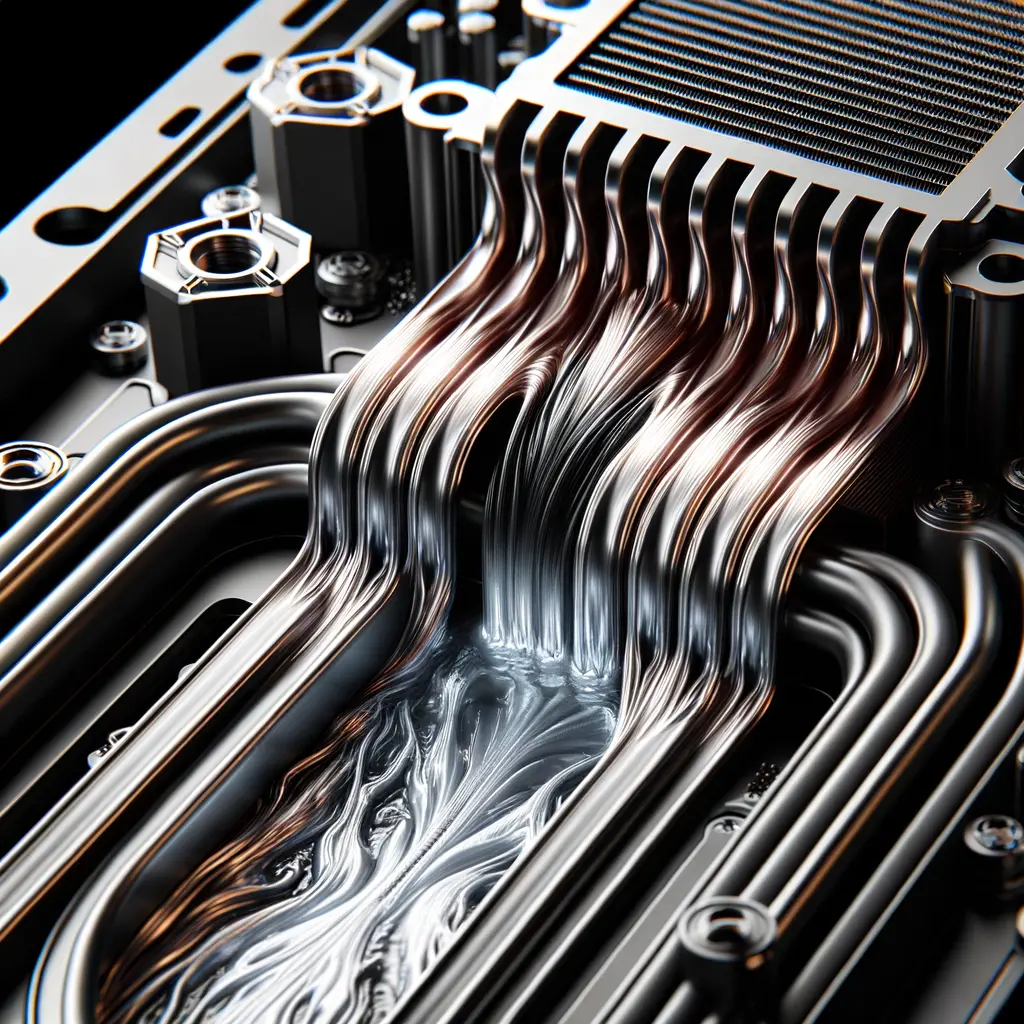
How Real Liquid Cooling Works Inside a Smartphone
Most handsets rely on vapor chambers—sealed copper plates that wickedly shift heat away from the SoC. Nubia went further by building a micro-fluidic loop inside the Red Magic Subzero. A tiny pump circulates coolant through a clear rear channel, past the Snapdragon 8 Gen 5 chip, and into a miniature radiator where a 24,000 RPM fan forces air across metal fins. Because liquid has higher thermal conductivity than vapor alone, heat is shuttled out 2–3 x faster. The company claims a 22,000 mm² total heat-dissipation surface, dwarfing previous designs. Sensors constantly monitor coolant temperature, fan speed and CPU load, adjusting flow in milliseconds. Impressively, Nubia waterproofed the pump and fan assembly, earning an IP68 rating—no small feat given the open air intake. During stress tests, surface temps stayed below 39 °C after 30 minutes of Genshin Impact at 60 fps, whereas comparable phones crept past 48 °C and throttled. Beyond numbers, the hypnotic movement of coolant through the rear window creates instant conversation appeal; passers-by often mistake it for RGB lighting until they spot the swirling liquid. After this deep dive, watch our embedded video review (below) to see the liquid loop in action, then read on to discover performance gains unlocked by this cooling breakthrough.
Performance: Snapdragon 8 Gen 5, 144 Hz OLED and Pro-Grade Controls
Thermals alone don’t win matches; raw silicon matters too. Each model runs Qualcomm’s latest 4-nm Snapdragon 8 Gen 5, pushing CPU clocks beyond 3.4 GHz and pairing an Adreno 750-class GPU with desktop-style ray tracing. Thanks to the advanced gaming phone cooling array, the chip sustains its peak rating longer than any competing Snapdragon 8 Gen 5 phone we’ve tested. Benchmarks top 2.2 million in AnTuTu and surpass 15,000 in 3DMark Wild Life Stress, retaining 98 percent stability over 20 loops.
The 6.8-inch AMOLED panel delivers a 144 Hz refresh rate and 960 Hz touch sampling, turning every flick shot into muscle memory. Bezels are razor thin—Red Magic advertises a 95.3 percent screen-to-body ratio—and the under-display camera keeps the action uninterrupted. Capacitive shoulder buttons respond in 2 ms, while the signature gaming switch launches Red Magic OS’s Game Space overlay, letting users tweak fan curves, RGB patterns, microphone privacy or battery performance without exiting play. Haptic feedback comes from dual X-axis motors calibrated to mimic console triggers.
For readers interested in deeper silicon numbers, see our Snapdragon 8 Gen 5 benchmark explainer or our guide to setting up Game Space macros. All told, the combination of premier chipset and liquid cooled smartphone engineering propels the Subzero to the top of the mobile-esports stack.
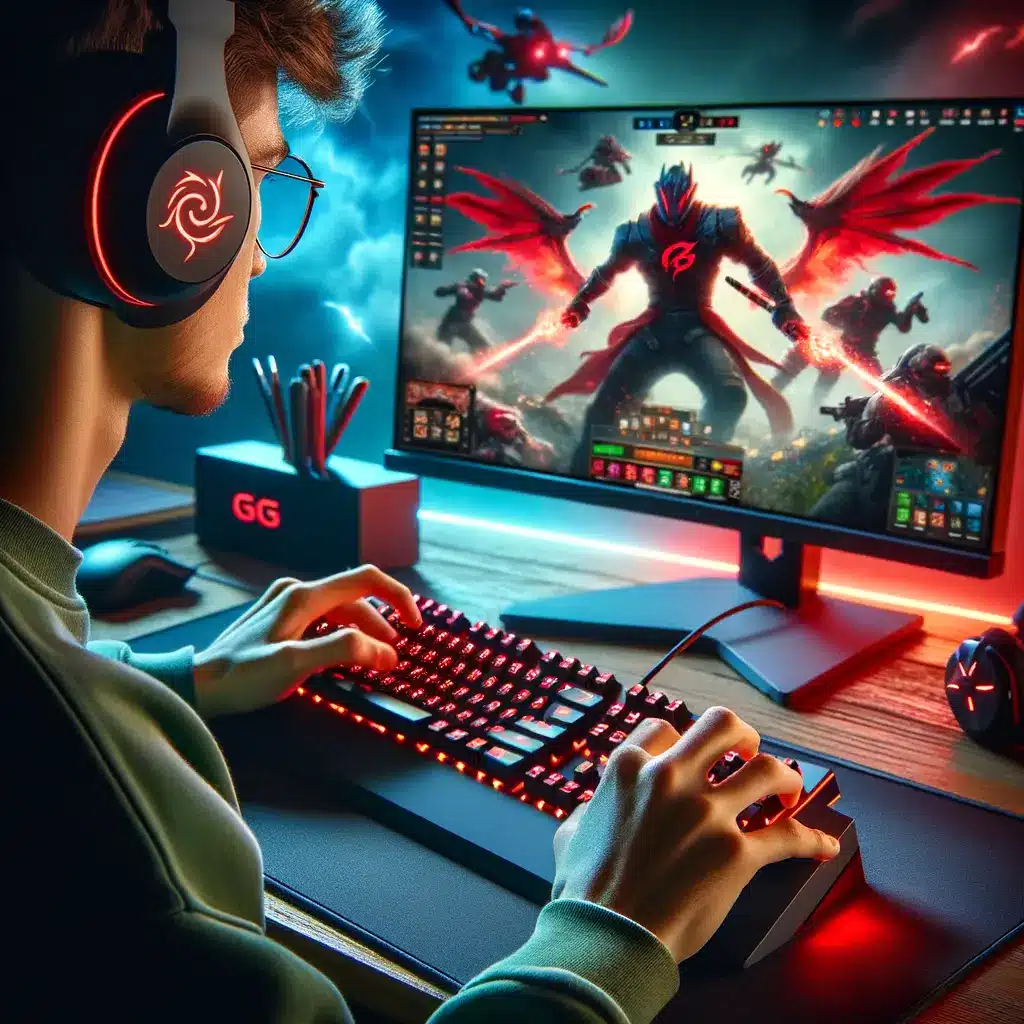
Battery Life and 80W Wireless Charging: Staying in the Fight
A powerhouse is useless if it dies halfway through a tournament. Both editions house a 7,500 mAh lithium-polymer cell—one of the largest in any mainstream handset. Paired with the efficient Snapdragon 8 Gen 5 and aggressive gaming phone cooling, the phone avoids the heat spikes that often drain batteries faster. Typical mixed use nets close to two full days; looping 1080p video at 200 nits lasted 19 hours in our lab.
Recharging is where Red Magic flexes. The included GaN brick delivers 80 W via USB-C Power Delivery, filling the cell from 0 to 100 percent in roughly 38 minutes. Even more impressive, the phone supports 80W wireless charging on Red Magic’s proprietary stand—double the rate of Samsung’s and four times that of Apple’s. Reverse wireless output lets you top off earbuds or a friend’s phone at 10 W with the liquid cooled smartphone acting as a power bank.
Thermal concerns during such high wattage? The same coolant loop dissipates charging heat, so the handset stays below 42 °C while juicing. That means you can safely game while fast-charging without frame drops. For power-users exploring travel adapters, see our roundup on USB-C PD standards for 2024. Clearly, stamina and speed round out Subzero’s spec sheet.

Should You Buy the Red Magic Subzero or Night Freeze?
If you crave uncompromised high-FPS gaming, visible tech flair and future-proof specs, the Red Magic Subzero is hard to beat. Its 24 GB of RAM, 1 TB storage and crystalline design justify the premium. Night Freeze, however, still brings the same groundbreaking liquid cooled smartphone architecture at a more approachable price, matching battery size and offering enough memory for everyday titles like Mobile Legends or Apex Legends Mobile.
Both models elevate mobile gaming far beyond cosmetic RGB by integrating genuine water cooling, a 24,000 RPM fan and class-leading 80W wireless charging. Add an under-display camera, physical shoulder triggers and a flat, wobble-free back and you have a handset that doubles as a daily driver and portable console. While cameras remain secondary, daytime shots are perfectly shareable, and 4K60 video with fast autofocus covers vlog needs.
Ultimately, choose Subzero if you want bragging rights and maximum future comfort; pick Night Freeze if subdued aesthetics and savings rank higher. Either way, you’ll own the first phone to turn heads with moving coolant—and to keep them turning with sustained performance. For next steps, compare pricing in your region and read our guide to compatible 80W wireless charging pads to make the most of your new liquid cooled companion.
